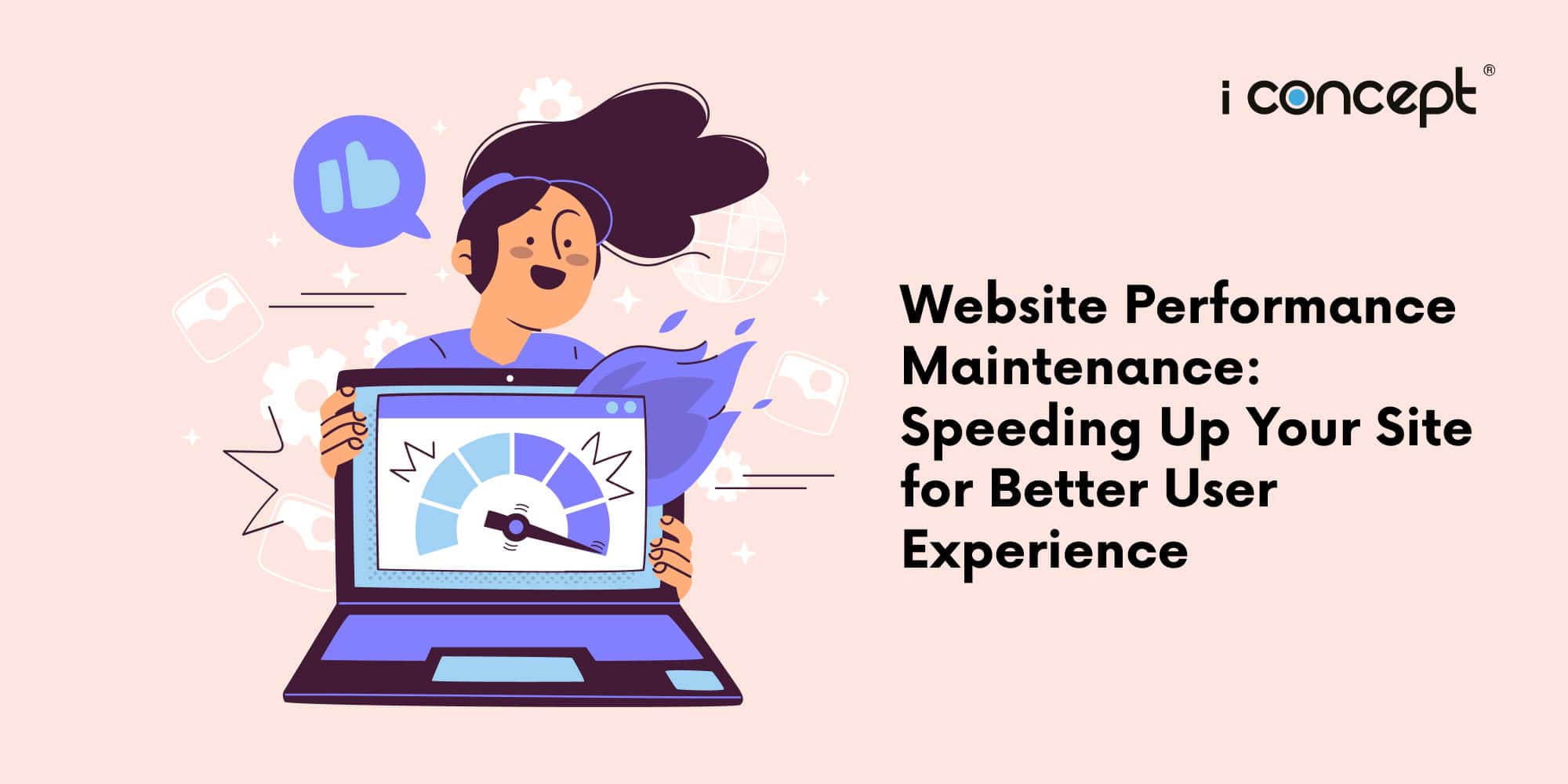Won’t it be great if your eCommerce shows up whenever someone searches for a product you have? Well, that’s exactly what an eCommerce website design with strong Search Engine Optimisation (SEO) does for you. Throughout our years in providing eCommerce solutions in Singapore, nothing is important than SEO in generating traffic.
Google has been the go-to tool for everyone’s needs for the better part of our lives. Whether you’re looking for a creative agency to help your business or the latest fashion product, looking it up on Google has become the instinctive thing to do. For that reason, optimising the SEO of your eCommerce, especially for your product page, is the most essential task to improve your revenue flow.
Landing on your product page is the best-case scenario for your eCommerce website customer experience, as they can directly see what they can and should buy. If you agree, then you should definitely utilise these 6 ways to improve your eCommerce product page’s SEO:
Using The Right Keywords in Your URL
A common mistake to avoid in your eCommerce website is neglecting the URLs during your eCommerce website development and naming it to make it look good or sound cute. Believe us when we say it, we’ve seen our fair share of non-effective URLs for increasing your brand’s visibility.
The key to having an effective eCommerce URL is literally to have the right keywords in your URL. Choosing the right keywords for your eCommerce is where it gets a bit tricky, as you have to balance between high-volume keywords and low-difficulty keywords. The magic middle of high volume and low difficulty is where you want to land on for your keywords selection.
For a clearer idea, you should structure your URL like this, www.yourdomain.com/earphones-singapore, as opposed to www.yourdomain.com/products or www.yourdomain.com/airpods. It works way better for your SEO.
Interesting to note the correlation between User Experience (UX) and SEO. There’s tradeoffs too if you compromise one or the other. If done well, they’re like a match made in a heaven.
Alt-Text in Images
Your URL is not the only thing you need to care about. Every product page comes with images (it better), which is essential for any online buyer to ‘physically’ see what they’re getting before they’re willing to part with their money.
In every image, there’s a sometimes neglected component called alt-text within the eCommerce web development. The alt-text is used to describe the image being used within the site and it’s also what’s being shown when the image fails to load. Most importantly, it’s a ranking factor for Google bots and that’s all the reason you need to care.
Adopt the best SEO practices for alt-text such as describing the image using the keywords you wish to target and keeping it to 120 characters. But please don’t spam it with keywords and fall into the dangerous zone of keyword stuffing. It’s generally frowned upon and penalised by Google, creating the reverse effect of what you wanted to achieve.
Filters & Search Functions (UX & Bounce Rates)
When customers are entering your product page, they’re usually looking for a specific item. As great as it is to have a million options to choose from, you might turn them off if they have to scroll through every single of them to find what they came here for.
Everyone wants things faster. 5G, stronger connection, better reception, everything is all about making things faster. Hence, you need filters and search functions to let your customers get to their desired product as quickly as possible. It’s a perfect example of a good User Experience (UX) in your eCommerce design.
By catering to the users, you ensure they have a better experience and less likely to drop off from your eCommerce website, which reduces bounce rates and improves your SEO. It’s all part of what UX focused design can do for your eCommerce, especially with the emphasis Google is placing on UX.
Product Descriptions
Good quality images are not enough to ‘sell’ your products, you need to actively try to sell it as well. You do that by writing a compelling product description while including keywords you’re trying to rank for. In short, you’re selling it to your audience and to the Google bots that get them here.
Many eCommerce owners don’t put in enough time and effort into their product descriptions. Maybe it’s the extent of their product range and having too many products to write for, or it could be a lack of expertise in copywriting, but it’s rare to see well-written product description.
Then, there are also cases where the product descriptions don’t cater to one of the two audiences i.e. Google bots and customers. When that happens, you’re hurting your SEO by a) providing poor user experience and b) not indicating to Google the purpose of the product page. Do it for both is what we’re saying.
P.S. Engage a professional creative agency with digital expertise to do it for you! They should be able to balance between the two groups effectively.
Product Review (Extra keywords)
A lot of eCommerce owners are afraid of reviews, though we don’t really blame them. The online community in Singapore can prove to be a tad whiny and toxic for our liking. But if you have a good product, don’t be afraid to let it speak for itself!
With a proper customer service workflow or a well-trained team., handling poor reviews with class can be great on your brand’s image as well. It shows your customers that you care and reassures potential customers of the genuineness in your brand, which helps with retaining existing customers and converting potential customers.
User-generated content is very helpful for SEO, especially product reviews. You get additional unique content with keywords you’re ranking for and it updates the page regularly, with every sale made. In fact, we recommend that you kick it up a notch and offer promotions for reviews. It’s basically ‘free’ content.
Related Products
Have you ever noticed when you’re buying something at either Amazon, Lazada or Shopee, you’ll see a bunch of related products at the bottom? You need to do that too. While many eCommerce stores have them, very few know the SEO benefits of having a ‘Related Products’ section within the page.
Similar to having product reviews, suggesting additional products to your shoppers adds additional content to your respective product page. From additional product titles, images and its alt-text, having related products provides more content and opportunities for SEO to work on, which in turns increase your discoverability by search engines.
At the same time, you’re also cross-selling and upselling your other products to your customers as they browse their desired items. It’s even better if you can suggest products that go well with them beyond just similar ones. That’s not just great for your SEO, but also great for sales and revenue as well. We call that a win-win.
An Agency Of ECommerce Developer & SEO Experts
We wear many hats and two of those hats are eCommerce website design company and SEO agency, making us professionals in both of those areas. What’s great about a unique agency like us is our combined expertise allows us to create the perfect eCommerce website for you in terms of design and SEO.
Just like a dish with a heavenly aroma and sensational flavour, it’s the perfect blend. Don’t you want that?
Here’s the kicker, we’re a pre-approved Productivity Solutions Grant (PSG) vendor. What that means is you get up to 80% subsidy for our eCommerce solutions in Singapore! You’ll kick yourself for missing out on something like this — so contact us today.










